I have an opamp circuit as shown below.
My board stack up is SIGNAL-GND-POWER-SIGNAL.
I am providing a polygon to Guard the trace which is going to non-inverting the input of the opamp.
The guard trace is connected to SMA connector also. At present polygon is provided only in the 1st layer (SIGNAL) of PCB
My question is:
Do I need to place the guard polygon in other layers also, or can I keep other layers as it is?
Please see the layout below.
The yellow color is the signal that needs to be guarded. The red color is the polygon guard ring. May I know is this fine or not. The Guard ring is not fully enclosing the Non inverting input pin of opamp,
Updated layout


